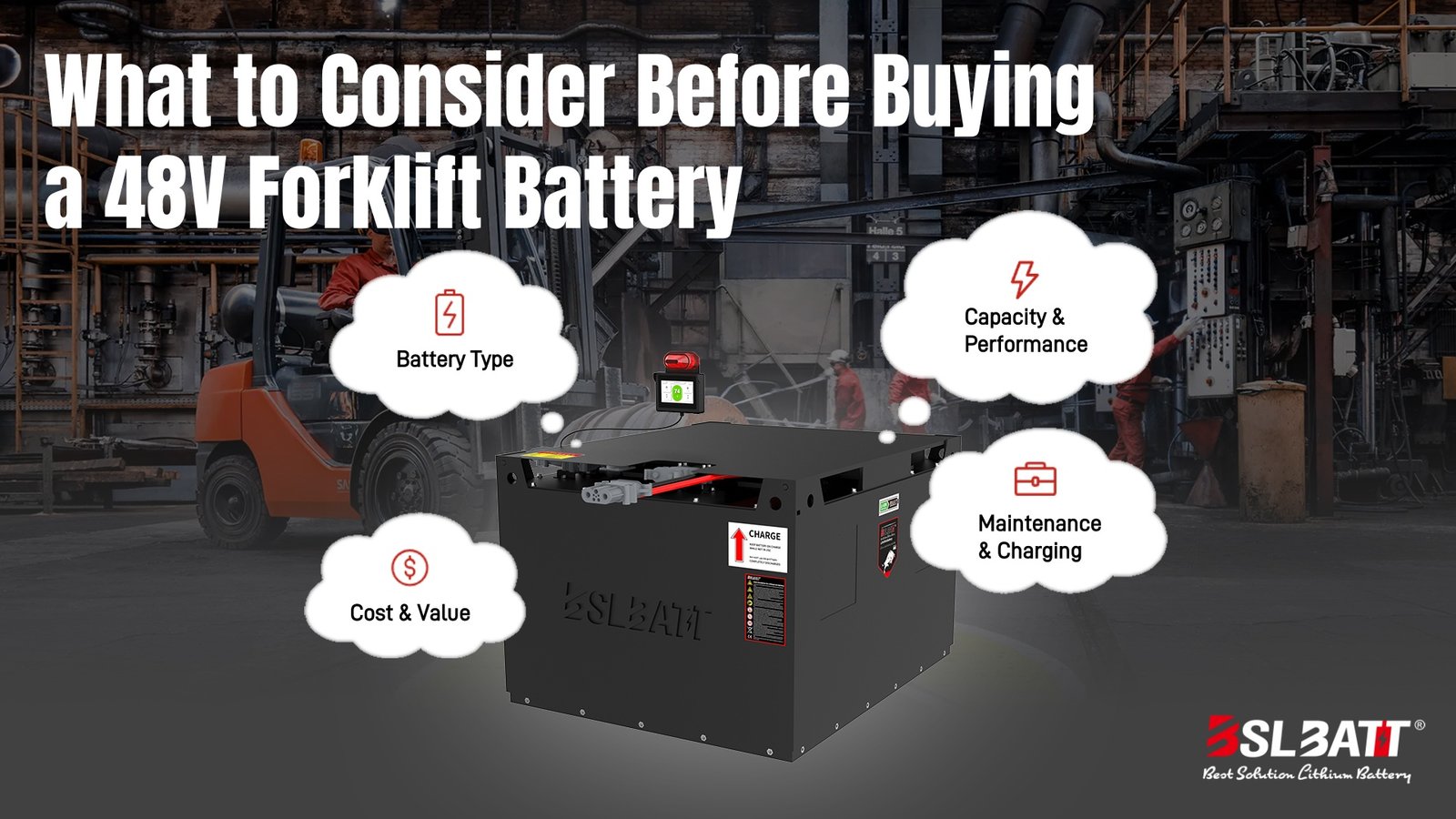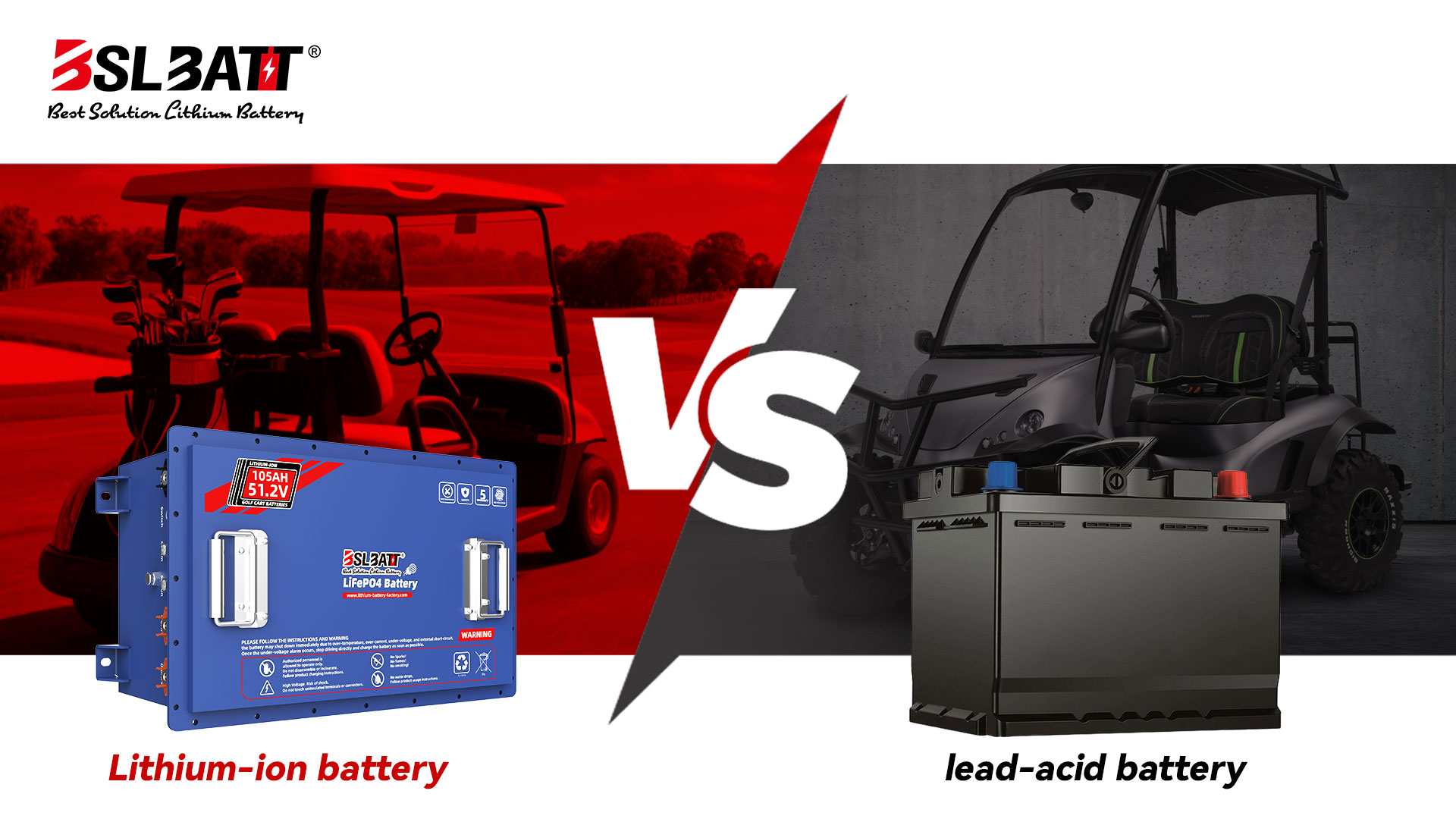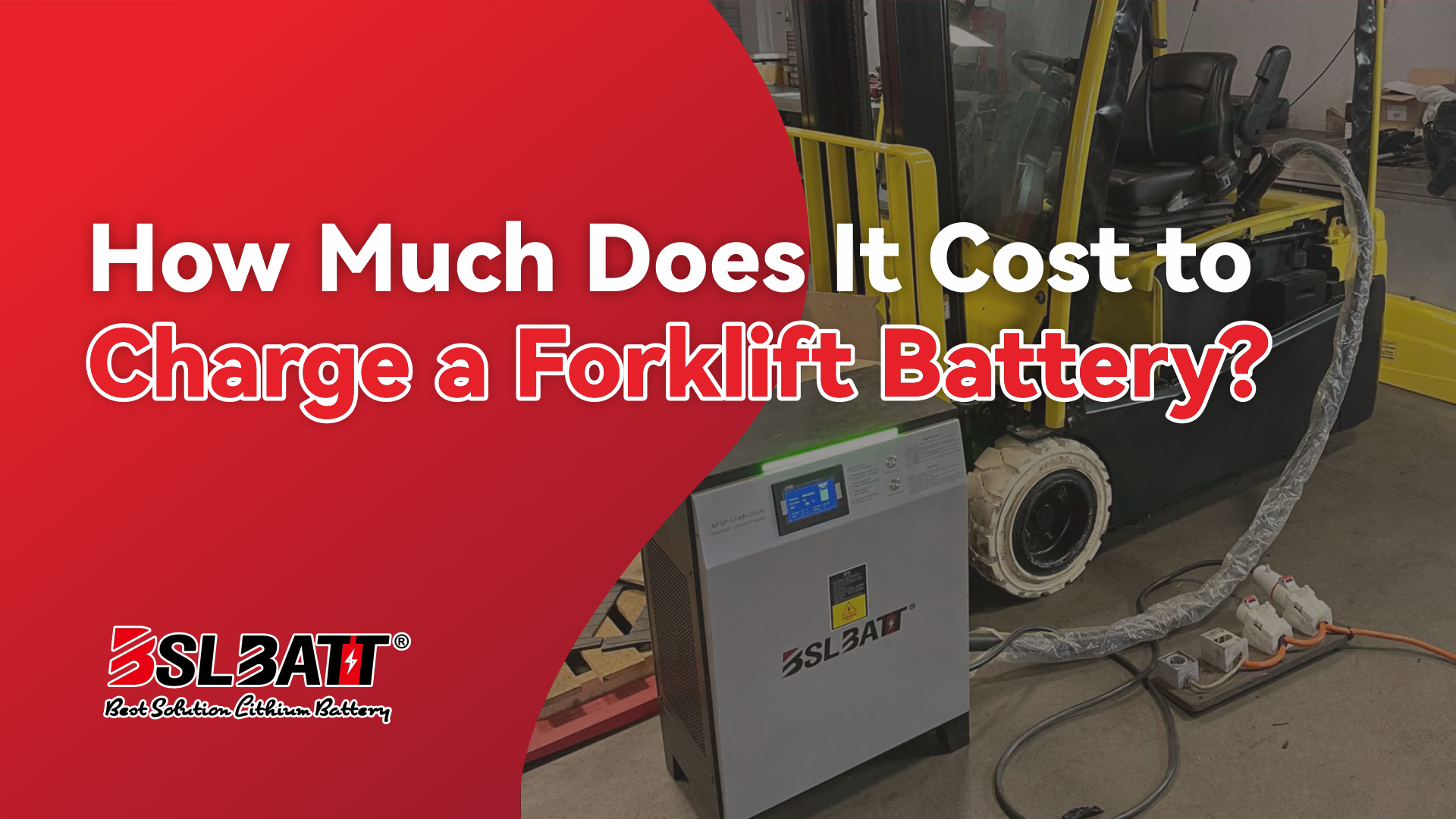In today’s digital world, data centers, enterprise IT systems, and edge computing sites rely heavily on uninterrupted power to ensure consistent service delivery. Power outages—even momentary ones—can lead to system failures, data loss, and costly downtime. Choosing the right server rack battery is very important. It helps keep power on and systems running smoothly. Battery capacity shows how long systems work during power loss. New batteries last long, with over 6,000 charges and 95% efficiency. This saves energy and makes batteries last longer. The battery racks market will grow from $4.10 billion in 2024 to $5.70 billion by 2032. This shows more people need strong and flexible battery solutions for new technology.
What is a Server Rack Battery?
The Server rack battery is a specialized battery energy storage solution designed to fit within standard server racks, providing backup power to critical servers and networking equipment housed in server racks. Server rack batteries are categorized by their ‘U’ size, which refers to their vertical space in a standard 19-inch server rack. The ‘U’ stands for rack unit, 1U = 1.75 inches (44.45 mm) high. The 3U or 4U sizes are typically more commonly used, but smaller versions such as 1U and 2U are also available.
Server rack batteries store energy to keep servers running. They are placed in racks, making setup simple and organized. Sizes range from 1U to 4U, with a standard width of 19 inches. This makes them fit most server racks easily.
These batteries use lithium iron phosphate (LiFePO4) for safety and long life. They also have features like CAN, RS485, and Bluetooth for remote control and real-time monitoring. You can find them in data centers, homes, and communication stations. Connecting more batteries lets you add power as needed, supporting both scalability and flexibility.
Today, server rack batteries are a popular choice for home battery storage systems. For example, the 51.2V (48V) 100Ah battery is now the most popular model, which can store up to 5 kWh of power. When integrated into the grid, it can act as an uninterruptible power supply (UPS) to provide backup power during power outages.
Advantages and Disadvantages of Server Rack Batteries
Advantage
- Small size: Depending on capacity, sizes range from 1U to 4U and fit into standard 19-inch racks for space-saving installation.
- Modular design: multiple units can be connected in parallel to increase capacity according to your needs, which is suitable for both small and large-scale energy storage needs.
- Easy installation: plug and play, eazy to install and use.
- High safety: metal casing and lithium-iron phosphate (LiFePO4) battery cells for safety and long life.
- Intelligent communication interface: standard CAN, RS485 and Bluetooth communication interface, you can remotely debug and monitor the power system operation via mobile phone, view the voltage, SOC and overall voltage and current of each battery, etc., simplify the network management work and improve the reliability of the system.
Disadvantage
- Unportable: common 48V 100Ah rack batteries can weigh up to 50kg and require the use of tools to move.
- Repair Difficulty: It is more difficult to replace battery cells when the battery fails, 48V batteries usually contain 16 or 32 cells.
How to Choose the Right Server Rack Battery

Capacity and Voltage
When selecting a server rack lithium battery, ensure its capacity and voltage meet your specific energy storage needs. For example, the 51.2V 100Ah battery has a capacity of 5.12 kWh, and can be paralleled as many times as needed to boost capacity, making it suitable for most home energy storage systems.↳
When picking a server rack battery, focus on capacity and voltage. Capacity shows how long systems can run during power loss. Voltage ensures the battery works well with your equipment. If capacity is too low, servers might shut down suddenly. Wrong voltage can harm equipment or lower efficiency.↳
Think about what your facility needs. If you need long-lasting power, pick a battery with high capacity. A battery with many charge cycles is also important. It lasts longer and keeps working well. Studies say batteries with high capacity and cycle life are best for outages.
Key Factor | Description |
|---|---|
Lifespan and Cycle Life | Handles many charges without losing power. |
Energy Capacity | Powers systems longer during blackouts. |
Safety Certifications | UL, CE, and RoHS ensure safety. |
Using predictive maintenance helps track battery health. For example:
Predictive maintenance cuts downtime by 50% and costs by 20-35%.
A 2023 study showed 72% fewer outages with advanced monitoring.
By checking capacity and voltage, you can pick a battery that fits your needs and lowers risks.
Compatibility
Compatibility is key when choosing a server rack battery. The battery must work well with your current setup. This avoids problems or expensive upgrades. Check safety certifications, response times, and how easily it integrates.
Benchmark Type | Details |
|---|---|
Safety Certification | UL 9540 ensures safe use. |
Response Time | 5-10ms response times keep systems steady. |
Cycle Life | Lasts through 10,000 charges. |
Integration Capability | Works with OpenADR 2.0b for automation. |
Efficiency | 94% efficiency saves energy. |
Predictive Maintenance | IoT sensors cut downtime by 67%. |
For instance, IoT sensors in batteries track performance live. This reduces downtime by 67% compared to older systems. Also, make sure the battery supports communication protocols like CAN or RS485. This ensures smooth operation. By focusing on compatibility, you can avoid issues and improve battery performance.
Importance of Battery Management Systems (BMS)
A Battery Management System (BMS) is crucial for safety and performance. It checks charge, voltage, current, and temperature. It also stops problems like overheating or overcharging.
Performance Indicator | Description |
|---|---|
Monitoring | |
Protection | Stops unsafe conditions like overheating. |
Balancing | Spreads charge evenly to extend life. |
Communication | Shares real-time updates on battery health. |
A good BMS has many benefits:
Functional Safety: Prevents dangerous battery issues.
Extended Lifespan: Protects cells for long-term use.
Optimized Performance: Balances charge for better power.
Cost Savings: Lowers repair and warranty costs.
For example, advanced BMS systems find problems early. This keeps batteries safe and cuts costs. When buying a server rack battery, choose one with a strong BMS for better reliability and safety.
Planning for Scalability and Future Needs
Modular batteries are ideal for expanding energy storage as needed. Rack batteries can be stacked or connected in parallel for higher capacity. When picking a server rack battery, think about future growth. Your setup might work now, but future needs could change. Planning ahead helps your system grow with your demands.
Modular systems are flexible: Modular data centers let you add parts as needed. These systems combine power, cooling, and networks, making upgrades simple.
Redundancy keeps systems running: Backup power and networks prevent downtime during failures. This is important for keeping apps working smoothly.
Energy efficiency saves money: Energy-saving batteries and renewable energy cut costs. They also prepare your system for higher energy needs later.
Choose a battery that allows easy expansion. Look for ones that let you add more batteries without stopping operations. For example, lithium iron phosphate (LiFePO4) batteries can connect in parallel, making them great for growing systems.
Also, check the battery’s communication features. Interfaces like CAN and RS485 help connect to monitoring tools. This lets you track performance as your system grows. Planning for scalability avoids costly upgrades and keeps your system reliable as needs change.
Considering Warranty, Longevity, and Brand Reputation
Choose a brand with a strong reputation for quality, reliability, and innovation. For example, the BSLBATT 48V rack lithium battery series is well-regarded for its exceptional performance, compatibility with various systems, and advanced safety features, making it a top choice for home energy storage solutions.
The warranty, lifespan, and brand name of a battery matter a lot. A good battery lasts longer and lowers repair costs and downtime. Check for warranties with full coverage. BSLBATT Solar Battery products offer up to 8 years of warranty, providing peace of mind and post-installation support. Quick support and fixes can help extend the battery’s lifespan and improve overall performance.
Lifespan is also important. Batteries that last 10 to 15 years help reduce long-term replacement costs. Brand reputation is key too. Well-known brands often offer better support, quality, and adherence to safety standards. To choose wisely, compare warranties, lifespans, and reviews. A battery with a good warranty, long life, and trusted brand will give you better value and performance.
Cost and ROI of Server Rack Batteries
Balancing Upfront Costs and Long-Term Savings
When picking a server rack battery, think about the upfront cost and future savings. Some batteries, like LiFePO4, may cost more at first but save money later. They can last up to 10 years, much longer than lead-acid batteries, which need replacing every 2-3 years. Their energy efficiency also lowers electricity and maintenance costs.
Main benefits of LiFePO4 batteries:
Fewer replacements mean lower total costs.
High efficiency cuts energy bills.
Low maintenance saves time and money.
Government programs can help reduce the initial cost, making these batteries a smart financial choice. Modular systems let you upgrade step by step, spreading out costs and easing financial pressure.
Identifying Hidden Costs
Hidden costs can increase the total price of your battery system. Be aware of these extra expenses to avoid surprises:
Upgrading infrastructure for high-density batteries can cost $2,000 to $5,000 per rack.
Recycling old VRLA batteries may cost $50 to $150 each.
Cheap batteries can cause downtime, hurting efficiency.
Using modular systems with replaceable cells can cut replacement costs by 50% and make recycling easier. AI tools can also track battery health and match it to energy needs, lowering overall costs.
Calculating ROI and Cost-Effectiveness
To see if your battery investment is worth it, use financial tools. These methods show the long-term value of your purchase:
Model Type | What It Does |
|---|---|
Internal Rate of Return (IRR) | Shows how quickly the investment pays off over time. |
Total Cost of Ownership (TCO) | Adds up all costs, including purchase, operation, and maintenance. |
Levelized Cost of Storage (LCOS) | Finds the average cost per unit of electricity over the battery’s life. |
Energy Audits and Load Profiling | Tracks energy use to find ways to save money. |
These tools help you measure savings and spot areas to improve. For example, energy audits can find waste, and tariff analysis can help you save during peak hours. These steps ensure you get the best value from your battery system.
conclusions
Picking the right server rack battery keeps systems running well. It also helps save money over time. LiFePO4 batteries are a great choice. They last 3,000 to 5,000 cycles, much longer than lead-acid ones, which only last 500 to 1,000 cycles. This means fewer replacements, saving both time and money. These batteries are 95% efficient, cutting energy waste. For a 100kW load, this saves about $10,950 each year. Over 10 years, maintenance savings can add up to $24,000. By choosing a battery with good capacity, compatibility, and room to grow, you’ll have a reliable and affordable solution for your needs.
FAQ
What is the typical lifespan of a server rack battery?
Server rack batteries usually last 5 to 15 years. LiFePO4 batteries can handle up to 10,000 charges. This gives them a lifespan of 10–15 years. Regular care helps them last longer.
How do you figure out the right battery capacity?
Find out how much power your system uses. Multiply this by how long backup is needed. This gives the capacity in kilowatt-hours (kWh). Pick a battery with extra capacity for surprise power needs.
Can you add more batteries to the system later?
Yes, many batteries today, like LiFePO4, are modular. You can add units without stopping operations. Check if the battery allows parallel connections for easy expansion.
How do you keep batteries safe while using them?
Choose a battery with a Battery Management System (BMS). It checks temperature, voltage, and charge levels. Make sure the area has good airflow and avoid heat or moisture.
Are lithium-ion batteries better than lead-acid ones?
Yes, lithium-ion batteries, like LiFePO4, last longer and charge faster. They are more efficient and need less care. They also work better in hot conditions than lead-acid batteries.















